This imposing French sideboard, dating from the early 19th century, is crafted from solid oak in an expressive Renaissance Revival style. It originates from a manor house in Brittany, adding a layer of regional prestige and historical authenticity.
From the very first glance, the piece commands attention. Its architectural structure, the density of the oak, and the abundance of carved details evoke strength, stability, and reverence for heritage. It emanates the solemn presence of a silent guardian from another time.
The façade features three small upper doors and two large lower doors, all adorned with deeply carved geometric panels. Striking lion heads stand watch on the uprights—symbols of power and nobility—while cherubic putti soften the composition with a baroque touch of tenderness.
The claw feet are finely carved in the shape of lion paws, and both the pilasters and cornice are richly decorated with stylized acanthus leaves and other Renaissance motifs. One of the most remarkable and practical features of this piece is the presence of visible and robust side bolts, which allow the sideboard to be fully dismantled and reassembled. This traditional joinery technique, typical of high-quality 19th-century furniture, ensures ease of transport despite the cabinet’s considerable size and reinforces its structural integrity.
All locks are original. The keys are later additions, decorative in nature, and used solely to open the doors without engaging the original locking mechanisms.
The piece is in excellent condition, unrestored, with a beautiful original patina. A rare and sculptural cabinet that combines monumental presence, refined craftsmanship, and practical design. It would make a powerful statement in any character-filled interior or heritage conservation project.




































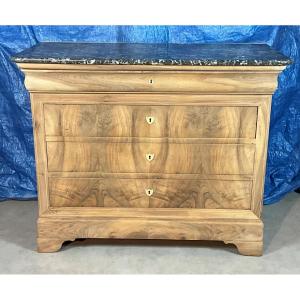

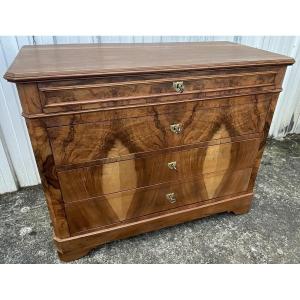


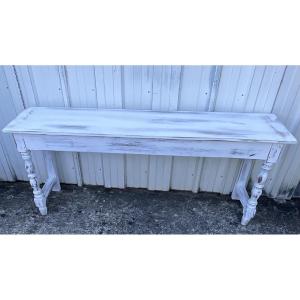

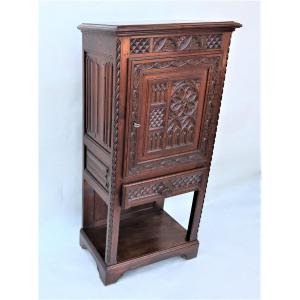

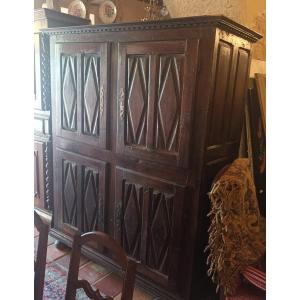




 Le Magazine de PROANTIC
Le Magazine de PROANTIC TRÉSORS Magazine
TRÉSORS Magazine Rivista Artiquariato
Rivista Artiquariato